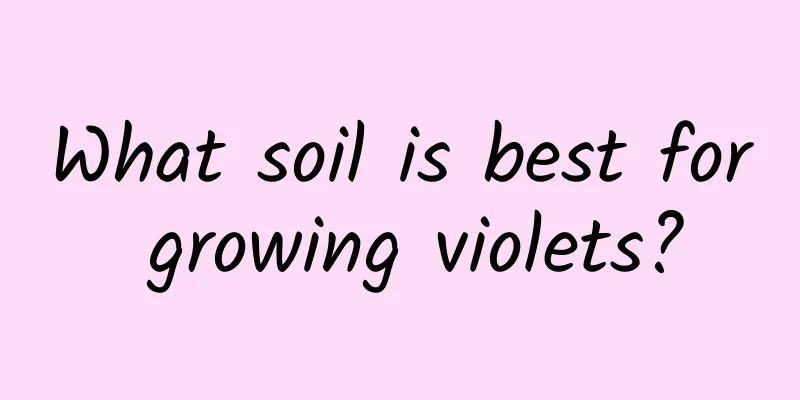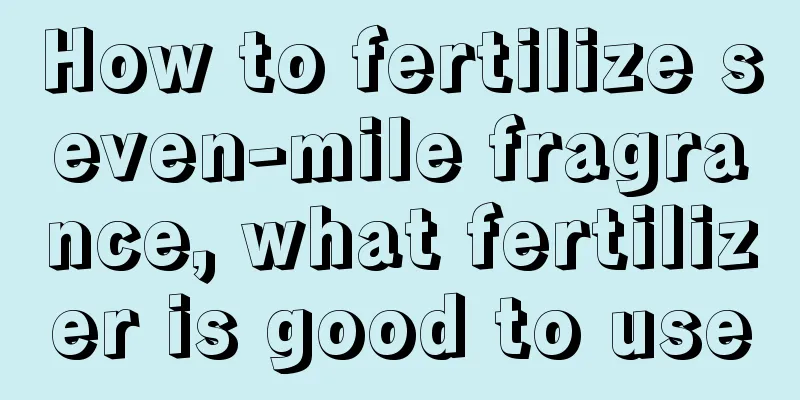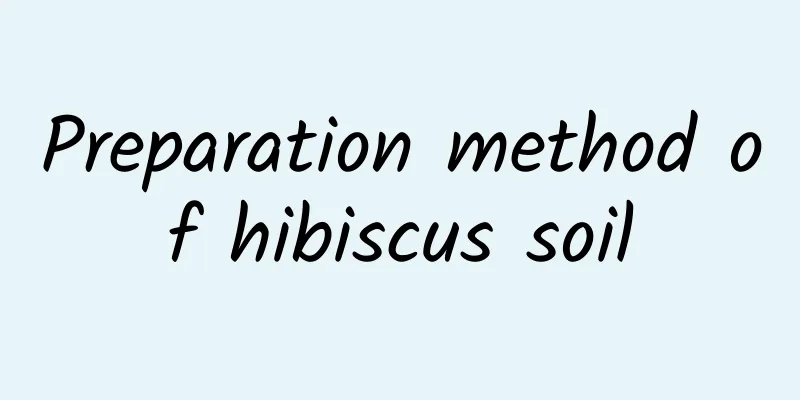If you don’t do watering well, it will kill your flowers!

sprayIn summer, many flower lovers like to spray around flowers and plants, thinking that it can increase the humidity of the air and is very beneficial to flowers and plants, but there are also some requirements for spraying. 1. Which flowers and plants are not suitable for spraying?(1) Flowers and plants with hairy leaves are not suitable for spraying. Because water droplets will stay on the leaves for a long time, it can easily cause the leaves to rot. Common flowers and plants with fuzzy leaves include African violets, gloxinia, begonias, and some succulents. (2) Flowers and plants that prefer a dry environment are not suitable for spraying. Some flowers and plants live in a dry environment all year round and are not adapted to the high humidity environment caused by spraying. Common flowers and plants of this type include cacti, kalanchoe, Christmas cactus, succulents, etc. (3) Do not spray newly grown leaves and flower buds. If you let them get wet at this time, they will easily rot and die. 2. Which flowers and plants are suitable for spraying?Generally speaking, common broad-leaved and foliage-viewing green plants are more suitable for spraying, such as green ivy, monstera, spider plant, asparagus fern, rubber tree, money tree, etc. 3. What are the requirements for flower and plant spray?(1) When spraying, do not choose a nozzle with too strong water pressure. Some flower lovers use high-pressure spray, thinking that they can clean the leaves at the same time, but the strong water flow will hurt the flowers and plants, which is not worth the loss. (2) After spraying the flowers and plants, do not place them directly in the sun. Because water droplets are essentially a convex mirror that can concentrate light, placing flowers and plants with water droplets directly under the sun can easily burn the leaves. WateringIn addition to spraying, watering is another thing that needs attention. If you spray the wrong way, it may still be possible to save the flowers and plants, but if you water the wrong way, it will be difficult to recover once the roots of the flowers and plants have rotted. 1. Use tap water with caution when watering flowers.The yellowing of leaves of many flowers and plants is caused by watering. The tap water in the north is relatively hard. Using it to water the flowers can easily cause salinization of the potting soil, which in turn causes yellowing of leaves of southern flowers and plants such as jasmine, gardenia, camellia, and azalea. It is best to use rainwater, river water, etc. to water the flowers. If such conditions are not available, it is recommended to dry the tap water for a day to remove the chlorine before using it to water the flowers. 2. Don’t water the flowers at noon.The current weather temperature is still quite high, and it is too high at noon. After watering the flowers, the temperature of the soil in the pots rises, which can easily rot the roots. Watering the flowers should be done in the cool mornings and evenings. 3. When watering, the worst thing to do is to alternate between dry and wet.Flowers and plants are actually just like children. They cannot go without food for a few days and then overeat all of a sudden. Watering requires a steady stream of water and a certain pattern. You cannot suddenly water the plant heavily and then not water it for a long time, otherwise the roots will easily rot. 4. Don’t be rigid when wateringHuahua often mentions in articles how many days it is suitable to water flowers and plants. This is a general situation summarized by Huahua based on experience, but different flowers and plants have their own specific situations. Watering should refer to the size of the flowerpot and the looseness of the potting soil, and cannot be generalized. Flower lovers can adjust the frequency of watering appropriately based on Hua Hua’s recommendations until they find the most suitable watering method for their flowers and plants. 5. Do not water in large quantities immediately after dehydration.Some flowers and plants have not been watered for a long time, resulting in dehydration and wilting. At this time, you cannot water them in large quantities immediately, because the root system has adapted to the drought. You need to water them a little first, then wait a few hours before watering again, step by step, to avoid root rot. |
>>: 3 things to say in autumn: Clivia succulents... are hard to kill!
Recommend
How to raise the Eight Desolate Palace
1. Breeding environment 1. Soil: The cultivation ...
How to make flowers take root quickly when planting flowers (measures to promote the growth of flower roots)
How to make plants take root faster The roots of ...
Cultivation methods and precautions of Bletilla striata
1. Soil When growing Bletilla striata, try to cho...
Diseases and Pests of Begonia and Their Control
1. Aphids. Spring and autumn are the peak growing...
Disease and Pest Control of Tea Rose
1. Powdery mildew Powdery mildew is a common dise...
How to deal with slag to grow flowers
1. Complete combustion The slag itself is produce...
What to do if the leaves of succulent plants are shriveled, wrinkled and soft
1. Adapt to Growth If the leaves at the bottom be...
How to graft Ophiopogon japonicus onto Schlumbergera
Steps and methods of grafting Material preparatio...
How to plant flying saucer melon
Ecological habits The flying saucer melon has par...
How to prune rosemary
When to prune rosemary Normally, rosemary can be ...
What to do if you water azalea too much
Overwatering azaleas If the azaleas are overwater...
How to grow the dragon iron tree? Good family cultivation method
Growth conditions of the dragon iron tree The gro...
The Flower Language and Cultural Symbolism of Osmanthus
The Flower Language of Osmanthus Osmanthus flower...
Can lotus seed shells be used as fertilizer?
Lotus seed shell fertilizer contains rich nutrien...
How to plant white radish and when to plant it?
As a common root vegetable , white radish is not ...









